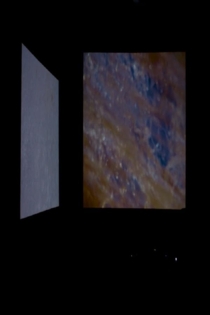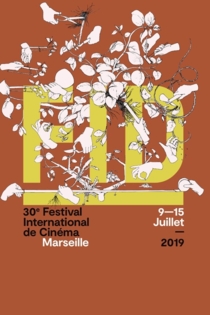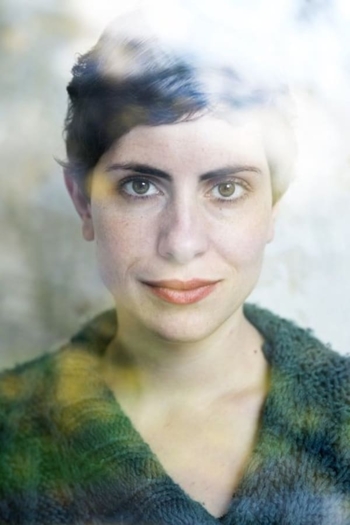
Helena Wittmann
1982 (42 года)Drift
Helena Wittmann
Theresa George, Josefina Gill
Two women spend a weekend in the North Sea. One of them will soon return to her family in Argentina, whereas the other one will try to come a step closer to the ocean. She will cross the Atlantic Ocean on a sailing vessel. Time leaves the beaten track and the swell lulls to deep sleep. The sea takes over the narration. When the other one reappears, the wind is still in her hair while the ground beneath her feet is solid. She returns and the other one could ask: “Have you changed?”
Drift
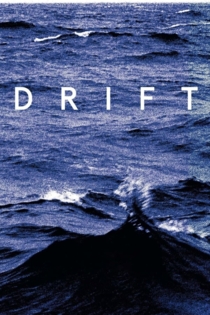
21,3° C
Helena Wittmann
Luise Donschen
The image of a room, its appearance changing with the shades of light. A window front, seen through the window. Changing flower arrangements on a side table. Sounds, entering the room from outside the frame. A construction site hints at changes in the exterior. Rehearsals. Are the sound waves of the piano reaching us from downstairs or from next door? In 21.3 °C Helena Wittmann reduces the filmic elements to the essentials: light, shadow, sound, direction. Out of this minimum, stories emerge that linger, atmospheres that resonate. Little by little the viewer is thrown back upon herself/himself. Through the facing window front someone seems to look back at us. Only the temperature remains the same.
21.3 °C

Human Flowers of Flesh
Helena Wittmann
Angeliki Papoulia, Denis Lavant
Ida lives on a sailing yacht with a crew of five men. While on shore leave in Marseilles, she becomes fascinated with the French Foreign Legion and decides to sail to Sidi Bel Abbès, the Legion's former headquarters in Algeria.
Human Flowers of Flesh
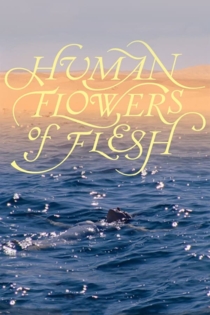
Ada Kaleh
Helena Wittmann
Eric Bossaller, Katja Lell
This precisely calibrated domestic diorama alights upon the imagined futures of a group of anonymous young adults. In Helena Wittmann’s warmly rendered feat of formalist filmmaking, questions of time and the realities of space convene in languid interior pans, incremental shifts in light, and the private reflections of her subjects.
Ada Kaleh

Kreisen
Helena Wittmann
Lea Fresenius, Anna Hirschmann
Over and over again, structures of larger contexts can be retrieved in details. They mirror, they contradict, they caricature each other. And again, all human thinking seems to be an enormous utopia within the framework we can hardly adjust. Our physical space is limited, but therein, mental constructions come to improbable proportions. The film connects fragments of memories, thoughts and observations, finding recurrent themes in different graduation. Therefore these fragments become something different, they form their own.
Circling
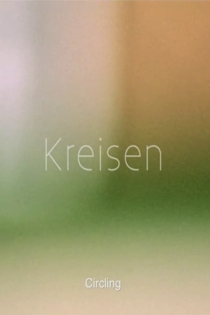
Wildnis
Helena Wittmann
Barbara Nüsse, Peter Maertens
In addition to demonstrating the unexpected complexities of individual life paths, THE WILD establishes the possibility of “cinematic space” becoming a type of “third space”. Two seemingly contrasting spaces merge to construct a new space. The first space is the living room of a retired couple. The second space is embodied in Super 8 recordings filmed by the old man during his numerous trips to Africa and Asia during the 60s, 70s, 80s and 90s. The pictures show exotic animals which are projected directly onto the walls and furniture of the house. The assembly of these differing spaces does not create a more succinct boundary between them, but rather assists in the mingling of the two spaces. In this fleeting moment of third space, as it is limited by time, a new cinematic reality is formed.
The Wild
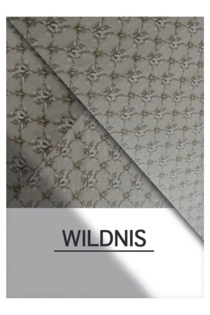
Anthony McCall: Crossing The Elbe
Helena Wittmann
The film is a form-concious study of a city as well as of a site specific artwork by Anthony McCall. In it’s own way the film enables to re-experience this city again and again. On the other hand the film is a documentation of the artwork; of its conditions and its becoming.
Anthony McCall: Crossing The Elbe
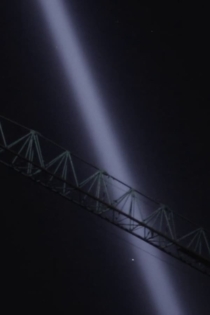
Wildness of Waves
Helena Wittmann, Nika Son
An audio-visual installation by Helena Wittmann and Nika Son, based on the interaction of the shape and the sound from waves. The delicate image-installation arouses an awe of audiovisual senses to the audience. The shape of waves, the pitch of sound, and the innumerably changing waves made by screens of two different sizes, create the message of formation, evolution and extinction in the audio-visual, synesthetic sense.
Wildness of Waves
